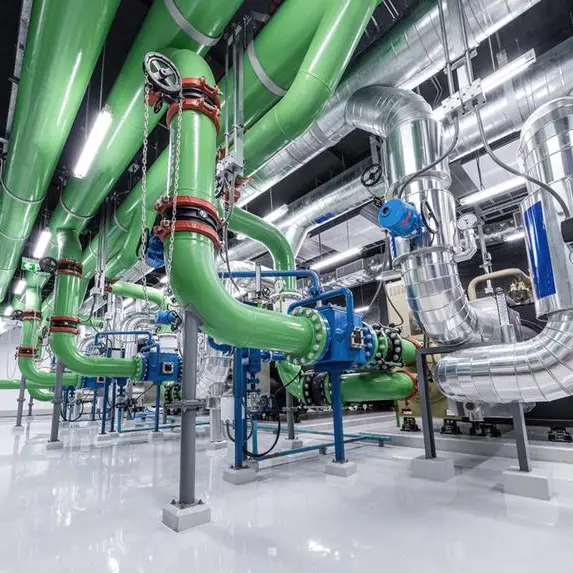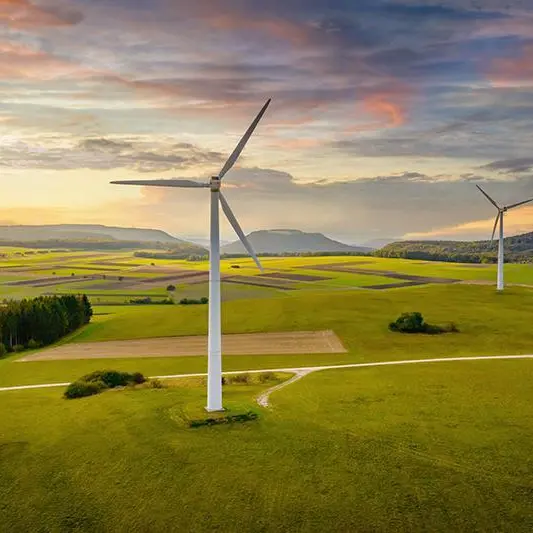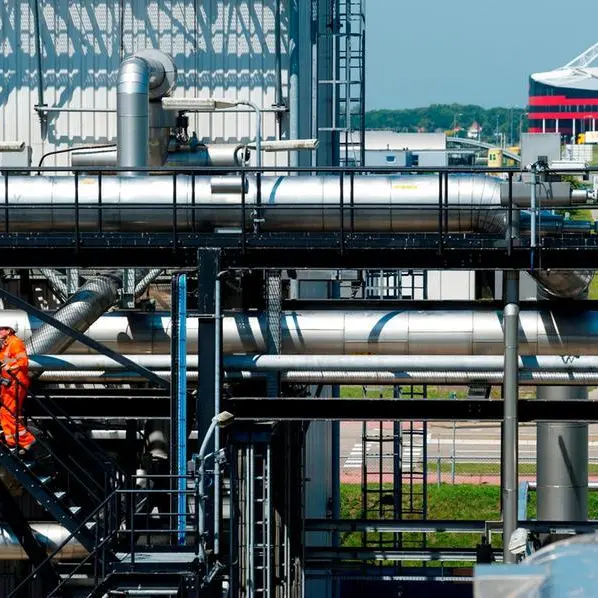PHOTO
(The opinions expressed here are those of the author, a columnist for Reuters.)
LITTLETON, Colorado - The world's main manufacturing hubs of Greater China, North America and Europe are set to embark on different paths to lower emissions from industrial heating, which is a critical but highly energy-intensive process for most manufacturers.
Heat is vital to transform raw materials into useful finished goods, with everyday products from plastics and resins to chemicals and metals all formed, shaped and treated by various heat processes during production.
While all manufacturing bases are equally reliant on heat during industrial processes, the source of energy used to generate that required heat varies greatly by region.
Coal is currently the most common fuel source for industrial heating in China, the world's largest goods producer and exporter, while natural gas is the top fuel used for industry in Europe and North America, according to risk assessment firm DNV.
Over the coming decades, each region is set to retool the energy mix used for industrial heating as part of efforts to lower emissions of carbon dioxide (CO2) and other gases, and reduce dependence on imported energy commodities.
However each region will also forge its own distinct pathways towards that lower carbon future, with important repercussions for fossil fuels and lower emitting sources of energy around the world.
KING COAL TO RISE AND FALL BY 2050
Greater China's mammoth manufacturing base currently relies on coal to generate roughly 47% of the country's industrial heat used in manufacturing, according to the DNV energy transition outlook.
Coal's share may push to nearer 50% within the coming decade before it starts losing ground to natural gas, which will emerge as China's primary fuel for industrial heating from around 2035, DNV data shows.
China's industry will also increase use of electricity for heating by mid-century, with electricity's share in the industrial heating mix rising from around 9% in 2025 to more than 25% by 2050.
Direct heaters, which can be powered be a variety of fuels and are currently used mainly in the petrochemical and refining sectors, will also grow in popularity among manufacturers in China by 2050, and will account for 26% of industrial heat generation by 2050.
Hydrogen will also become more widespread in industrial heating in China, and grow from less than 1% by 2025 to 10% of total industrial heat generation by 2050.
EUROPE'S GAS-FOR-BIOMASS SWAP
Natural gas is set to account for nearly 44% of Europe's industrial heat in 2025, but less than 3% by 2040 as the region's utilities and industries aggressively pivot away from fossil fuels that must be imported and dial up use of other energy sources.
Most plants that can electrify power and heat systems will do so in order to tap the growing volumes of renewable energy set to be produced throughout Europe going forward.
Electricity's share of Europe's industrial heat generation is set to grow from around 4% in 2025 to 17.5% by 2050, DNV data shows.
Those industrial systems requiring greater power than electric grids can provide are expected to increase use of biomass, which can be burned in boilers and generate intense heat for energy-intensive production processes.
Made from an array of natural matter ranging from wood chips and crops to municipal waste and forestry residue, biomass currently generates around a quarter of Europe's industrial heat, but will generate 57% of industrial heat by 2050.
Direct heat systems (18.5%) and hydrogen (7%) will also be deployed in large scale across Europe's industry by 2050.
NORTH AMERICA STAYS GASSY
North American industry looks set to remain overwhelmingly reliant on natural gas for heating through to 2050, although gas' share of industrial heating will drop from around 68% in 2025 to 52% by 2050.
As in Europe, many industrial heat processes will go electric across North America, with electricity's share set to grow from around 7.5% currently to around 12.5% by 2050.
North American industry will also dial up use of biomass for heating, from around 17% currently to 27% by 2050.
Hydrogen use for heating will also expand, to around 6.6% in 2050.
In all, industries in every major economy will make significant changes to their fuel sources for industrial heat over the coming decades.
All regions look set to cut the use of natural gas and coal in heating systems, but will look to dial up demand for biomass, hydrogen and specific systems that can generate the heat levels required in and for high-end manufacturing, but with a lower carbon footprint.
(Reporting By Gavin Maguire; Editing by Sonali Paul)





















